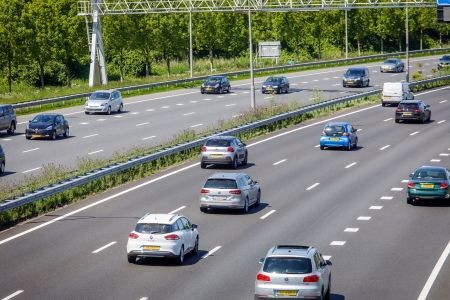Measures to further increase car safety mainly relate to Advanced Driver Assistance Systems (ADAS) and intelligent transport systems (ITS), such as Intelligent Speed Adaptation (ISA), (Cooperative) Adaptive Cruise Control (C-ACC) and Lane Departure Warning (LDW) (see SWOV fact sheet Intelligent transport and advanced driver assistance systems (ITS and ADAS)).
In 2018, The European Commission proposed mandation of new safety systems, such as intelligent speed assistance (ISA), and support for an alcolock [99]. These safety proposals are as yet rather noncommittal. Support for an alcolock, for example, does not guarantee that alcolocks will be implemented more often. Mandation of alcolocks is left to the member states, and in the Netherlands other measures are preferred [100]; (see fact sheet Driving under the influence of alcohol). The technical requirements of the ISA proposed by the EC are still being debated [101]. Presently, consensus tends towards an informing ISA as a minimum requirement: drivers will be alerted when they exceed maximum speeds. This ISA version is significantly less effective than an intervening version (see fact sheet Speed and speed management). For the purpose of road safety, introduction of an intervening version would have most impact; possibly locally: for example in 30 km/h areas or near schools.
Safety gains could also be realised by means of car design. Crash test dummies usually represent the average adult male, which implies that seat belts and air bags are not tailored to other population groups. There are indications that people who differ from the average adult male in age, weight or gender run a higher risk of severe or fatal injuries [102]. In the VIRTUAL project, more diverse ‘open source human body models’ are being developed at EU level. Such models would improve evaluation of the extent to which safety features in cars can be tailored to different occupants.
Finally, the government could consider to encourage the purchase of safer cars by means of tax benefits [103]. Currently, the Dutch government, for instance, encourages the purchase of clean and energy-efficient cars. A similar programme for cars with better safety features could improve road safety. Yet, considering the average age of the Dutch car fleet (see the question How old is the Dutch car fleet?), it will take years before a large share will be equipped with safety features. To accelerate safety gains from these features, encouraging retro-fits (implementing systems into existing vehicles) could be considered.
